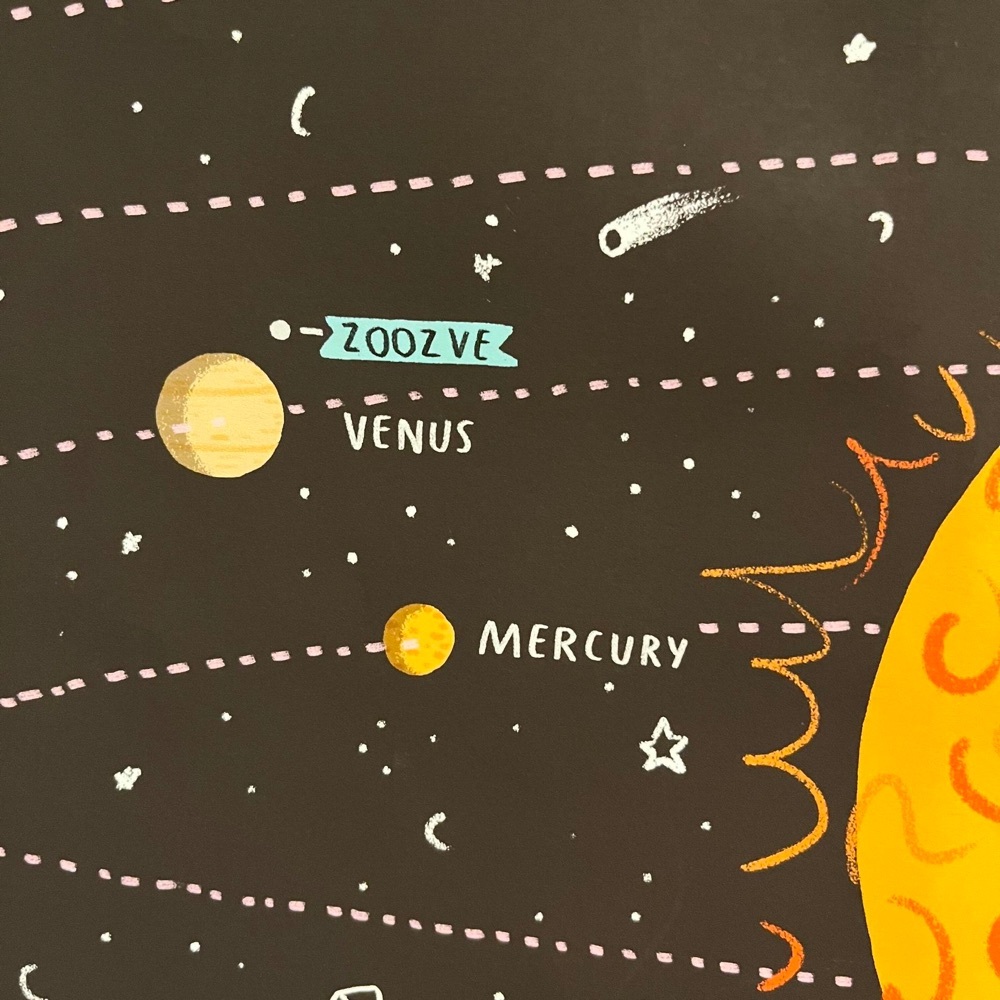Ask any astronomer, and they will tell you that all of the planets in the Solar System (including those “dwarf planets”) have satellites, with the exception of Mercury and Venus. However, that is not entirely the case, as Venus has what is known as a “quasi-moon” – a large asteroid that orbits the planet but is not gravitationally bound to it. In 2002, astronomer Brian Skiff discovered this body using the Discovery Telescope at the Lowell Observatory (where Clyde Tombaugh discovered Pluto). Until recently, this object was known by its official designation, 2002VE68.
However, on February 5th, 2024, the International Astronomical Union (IAU) conferred a new name for the object: Zoozve. The name was announced in a bulletin (vol. 4, no. 5) issued by the IAU’s Working Group for Small Bodies Nomenclature (WGSBN). The IAU, which is responsible for naming celestial objects, traditionally prefers to assign names that come from mythological traditions to objects that cross Earth’s orbit. But in this case, the origins of Zoozve’s strange name are more of (to quote Bob Ross) a “happy accident,” where a children’s poster that showed the object led to a conversation and an official request.
Continue reading “Venus “Quasi-moon” Just Got a Name. Henceforth, it Shall be Called Zoozve.”
